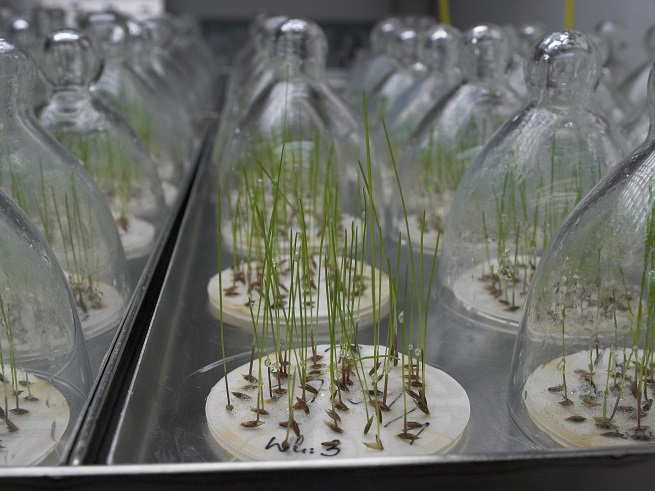Optimizing seed yield with sufficient seed quality is therefore an economic necessity. Significant differences in fertilization and stock management arise from the species group in production. In comparison, seed propagation of site-appropriate grasses for greening at high altitudes (the so-called “alpine grasses”) represents the high school of plant cultivation and requires the greatest attention in plant protection and crop management. However, the requirements for fertilization and nutrient availability are comparatively low.
{rsfiles path="Research Reports/Environmental Resources_im_Gruenland/Duengung_Saemereinvermehrung_Hochlagen.pdf"}
{rsfiles path="Research Reports/Environmental Resources_im_Gruenland/2_2020_Saatgutproduktion_von_gumpensteiner_rotklee.pdf"}
Further reading:
Production niches in plant cultivation - ginseng, caraway, hemp & Co
Buchgraber, K., Frühwirt, P., Köppl, P., Krautzer, B. (1997), 136 pages.
Grasses and herbs appropriate to the location - seed production and use for greenery in high altitudes
Krautzer, B., G. Peratoner, F. Bozzo, (2004), HBLFA Raumberg-Gumpenstein, No. 42, 111 p






